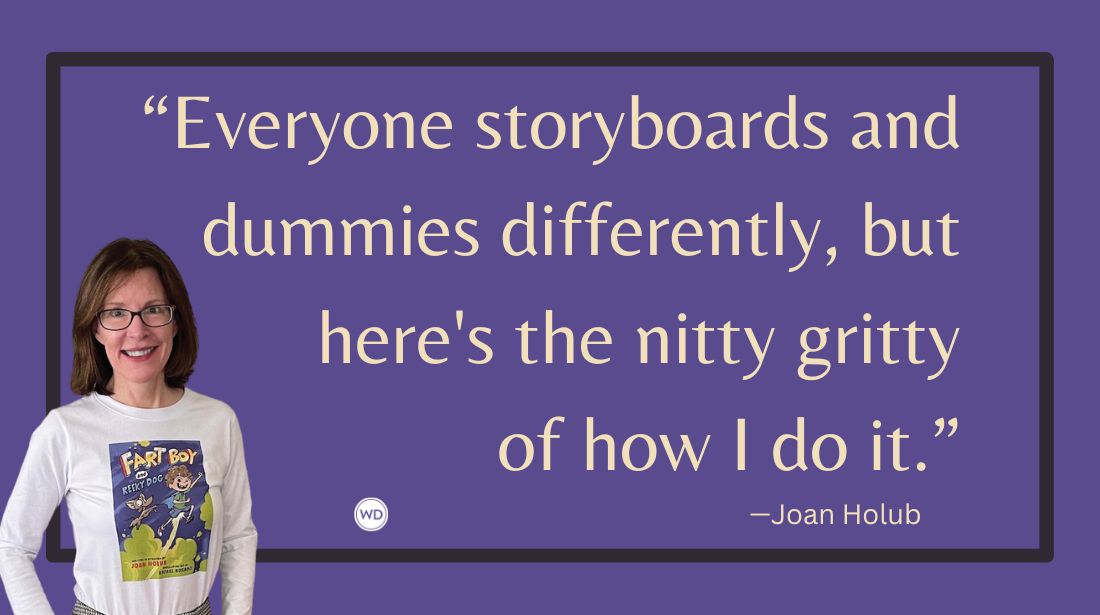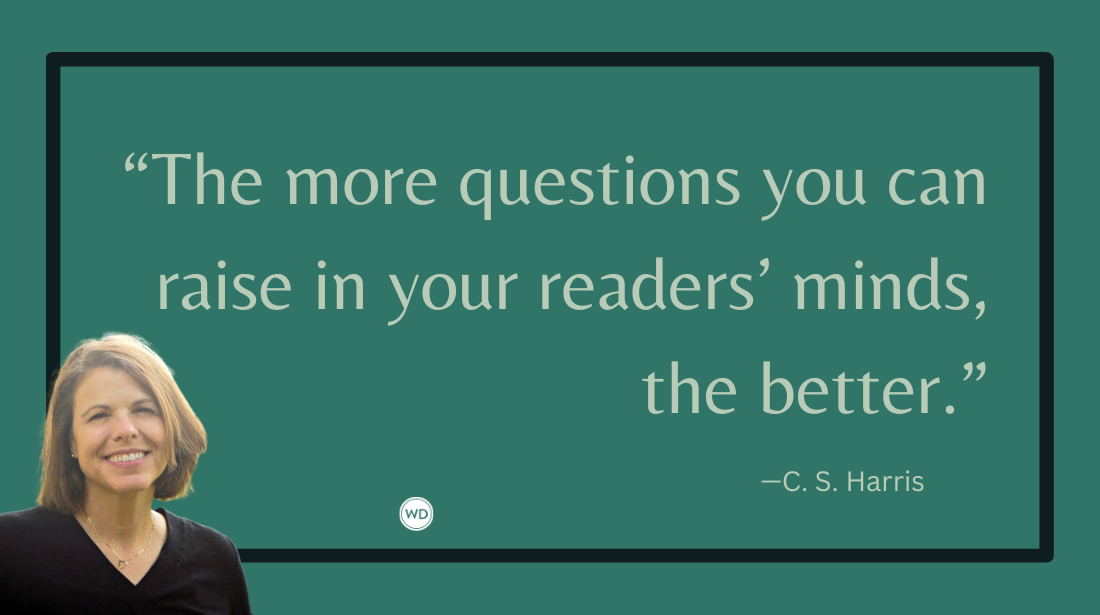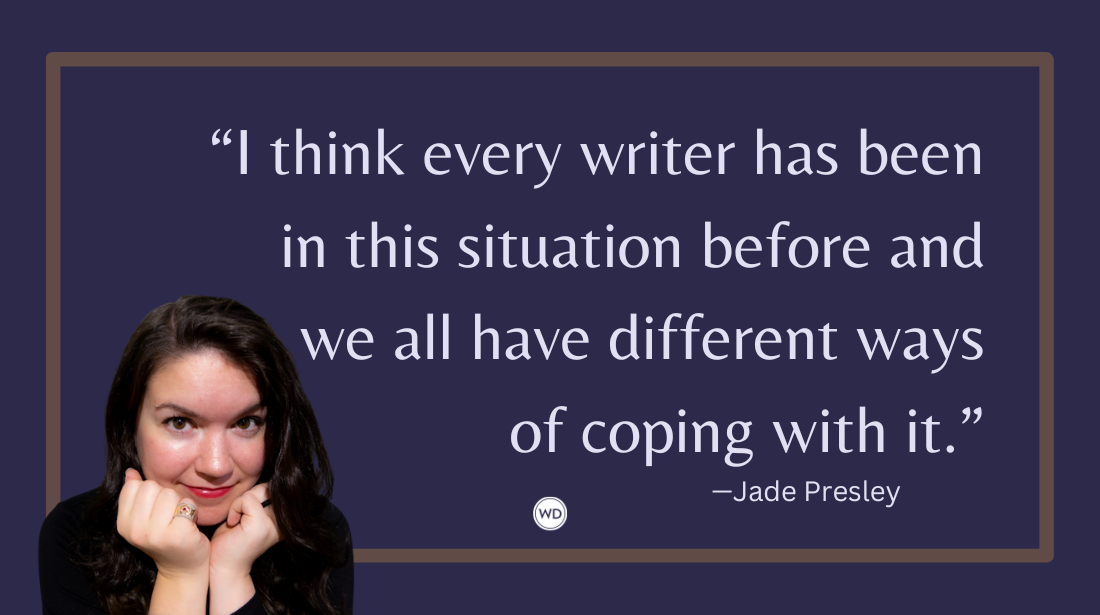Nina Varela: On the Differences Between YA and Middle Grade
Author Nina Varela discusses writing her middle grade debut novel, Juniper Harvey and the Vanishing Kingdom.
Nina Varela was born in New Orleans and raised in Durham, North Carolina, where she spent most of her childhood running around in the woods. These days, Nina lives in Los Angeles with her tiny, ill-behaved dog.
She writes stories about queer kids, magic, and the magic of queer kids. You can find Nina at ninavarela.com, or on Twitter and Instagram.
In this post, Nina discusses writing her middle grade debut novel, Juniper Harvey and the Vanishing Kingdom, how the experience was different from writing YA novels, and more!
Name: Nina Varela
Literary agent: Patrice Caldwell
Book title: Juniper Harvey and the Vanishing Kingdom
Publisher: Little, Brown Young Readers
Release date: February 14, 2023
Genre/category: Middle Grade Fantasy
Previous titles: Crier’s War, Iron Heart
Elevator pitch for the book: Eleven-year-old Juniper Harvey thought moving from Texas to Florida the summer before sixth grade was bad enough—then a so-called princess who claims to come from a magical other world shows up in her bedroom and starts waving a sword around! Juniper is the only one who can help Princess Galatea return home... but as the girls grow closer, she realizes that saying goodbye will be harder than she could have ever imagined.
What prompted you to write this book?
Juniper Harvey is loosely inspired by the Ancient Greek story of Pygmalion the Sculptor and his ivory girl, commonly referred to as “the myth of Pygmalion and Galatea.” The original story, first recorded in Ovid’s Metamorphoses, was about a sculptor desperate for a wife, who carves an ivory statue of his ideal bride and begs the goddess Aphrodite to send him a wife of the same caliber. Aphrodite takes pity on him and brings his ivory girl to life; the pair are wedded and live happily ever after, or thereabouts.
This story caught me not due to the character of Pygmalion, who is frankly a bit of a bore, but the idea of a lonely artist dreaming of their ideal companion and ultimately bringing that companion to life through the power of their wishing, their yearning. That seemed to me a story that could fit into the middle school experience—a shy, lonely protagonist who turns to art rather than real people, who dreams a friend into being.
(Of course, the key difference is that Juniper’s Galatea in fact already existed and is quite surprised to learn that she’s been making appearances in Juniper’s dreams…)
How long did it take to go from idea to publication? And did the idea change during the process?
Oh boy ... about three years, from the initial idea? About two to write multiple drafts, then one to finish edits and enter the pre-publication limbo phase. This book took longer to write than I’d expected, and not just because of the global pandemic—it changed between drafts more than any project I’d ever worked on.
I had trouble finding my way to the right version of the story—the characters, themes, and basic story beats remained the same, but I struggled with finding the right voice and tone, going through a few iterations before landing on what became the final manuscript. It was frustrating (“Why couldn’t I just get it right the first time?!”) but in the end that’s what it took, and I’m glad I stuck with the story and put in the time to make something I felt satisfied with.
This book about a young gay girl experiencing her first crush is deeply important to me for reasons I’m sure you can imagine, and I wanted to do it well.
Were there any surprises or learning moments in the publishing process for this title?
Juniper Harvey is my middle grade debut, so the whole experience has felt like a learning process!
My first two books were YA, as were the majority of the manuscripts I’d written prior to being published—even though I’ve always loved and wanted to write books for younger readers. I never felt confident enough to try out a radically different type of voice, so I mostly stuck with what I knew.
It’s been a joy writing in the middle grade space and learning how it differs from YA behind the scenes, such as in the marketing process which focuses primarily on parents and educators.
Were there any surprises in the writing process for this book?
I was surprised by how much the story changed on the surface without changing too much underneath. I played around a lot with plot and set dressing, but the fundamentals—the seed idea of the “artist whose creation comes to life,” the characters of Juniper and Galatea, their goofy dynamic; the themes of queerness, loneliness, and disillusionment with not-so-perfect gods—remained the same, because those were what had sparked the story idea in the first place, what I found compelling to write. I learned a lot about what I value in my own writing and in the stories I’m trying to tell.
What do you hope readers will get out of your book?
I hope young queer or questioning readers will feel seen, heard, respected, and loved. This book is first and foremost a romp—it’s about a lonely, awkward kid getting swept along on a magical adventure, and also she’s crushing on a warrior princess who is definitely too cool for her (or so she thinks). I tried to balance June’s real, grounded feelings with escapist fantasy, so the book, like Galatea’s crown, acts as a portal to a place that’s easy to get lost in.
If you could share one piece of advice with other writers, what would it be?
Read poetry! This is always my first advice. Poetry reminds you what language can do, how you can play with it and bend the rules to make your writing feel alive.
Also: research. No matter your genre, improving your research skills and drawing from a deeper pool of knowledge will flesh out your story in ways both conscious and instinctive.
On that note, I have to go read yet another article about ancient boats.
Robert Lee Brewer is Senior Editor of Writer's Digest, which includes managing the content on WritersDigest.com and programming virtual conferences. He's the author of 40 Plot Twist Prompts for Writers: Writing Ideas for Bending Stories in New Directions, The Complete Guide of Poetic Forms: 100+ Poetic Form Definitions and Examples for Poets, Poem-a-Day: 365 Poetry Writing Prompts for a Year of Poeming, and more. Also, he's the editor of Writer's Market, Poet's Market, and Guide to Literary Agents. Follow him on Twitter @robertleebrewer.








